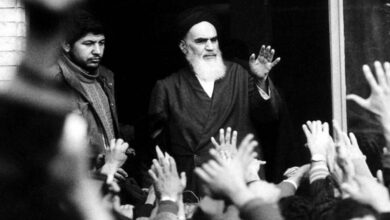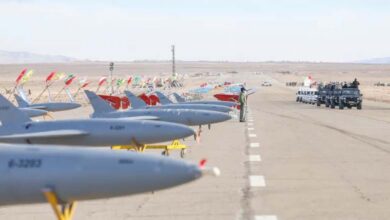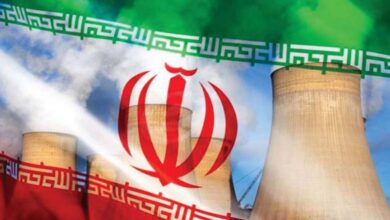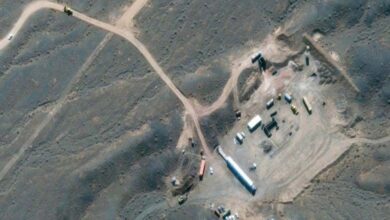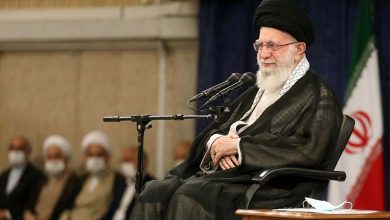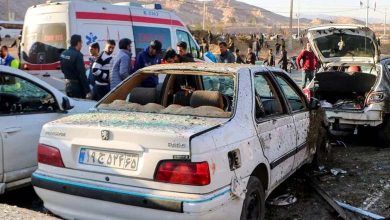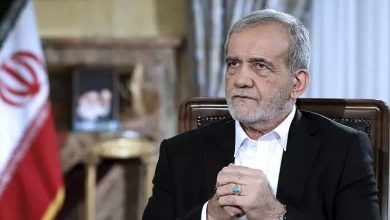Bloomberg: Worsening gas crisis in Iran raises anger against regime
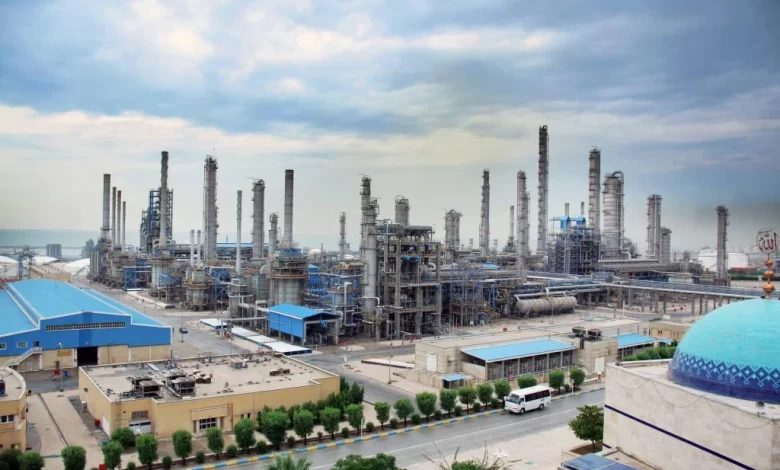
Hardline Iranian President Ebrahim Raisi is facing fresh criticism over Iran’s gas crisis, Bloomberg reports, adding to growing tensions over his ongoing crackdown on anti-government protests.
Winter deepens gas crisis
The paper added that over the past week, Iranian officials have warned of shortages and gas shortages in the north and other parts of the country, where power demand reached record levels due to unusually low temperatures. Tens of thousands of Iranians in the northeastern province of Razavi Khorasan – a key home and political powerhouse – were left without gas to heat their homes after the supply disruptions. Four other provinces in the north were also affected, and schools, state-run offices, and even privately owned businesses were shut down across Tehran province on Sunday.
The crisis comes as Iran struggles to quell protests over the death in September of 22-year-old Mehsa Amini, who was detained for allegedly violating Iran’s strict dress code, the paper reported.
Gas cut protests
Unverified videos posted on social media showed people in Turbat Jam protesting the gas cuts, the newspaper said, in a sign of the growing unpopularity of the ruling clerical regime as it struggles to quell the widest popular challenge to its authority since the 1979 revolution.
Iran controls the world’s second-largest gas reserves and heavily subsidizes the commodity. Fuel problems have caused major crises in the past, most recently in November 2019, when protests broke out after the government cut cuts and raised gasoline prices.
Poverty Spiral
The newspaper said the reason behind the high levels of public anger is the deterioration of the Iranian economy, despite Raisi’s repeated pledges to improve it without lifting sanctions. Officials questioned whether the 7,000-page economic plan he promoted during his 2021 election campaign actually exists.
The government “lacks consistency in the economic sector, which is why we see high rates of foreign currency, inflation and food shortages on people’s tables”, MP Moinuddin Saidi said in an interview with Etemad Online on 31 December.
The Iranian president has often downplayed the impact of global isolation on the economy while overseeing a failed attempt to revive the 2015 nuclear deal with world powers that would have lifted sanctions, and the rial has lost 30 percent of its value since Amini’s death in September, hitting an all-time low against the dollar last month.
Poverty levels rise sharply
Bloomberg quoted a report issued by the Iranian Ministry of Labor, on 3 January, that the estimated income poverty level will increase by 70% to an average of 28.5 million riyals (about 67 dollars) per person per month in the current Iran.
Inflation hit near record levels in June and food prices rose after the government stopped supplying importers with heavily subsidized foreign currency.
Weak exports
Iran cannot meet its demand for gas because the new capacity is falling behind consumption, causing disruptions to energy exports to Turkey and Iraq, the paper reported.
Iran’s gas sector lagging
Iran has the world’s second-largest gas reserves, but exports are dwindling compared to its counterparts, and oil-rich Iran lags behind gas export development, mostly due to sanctions and lack of investment in the sector.



